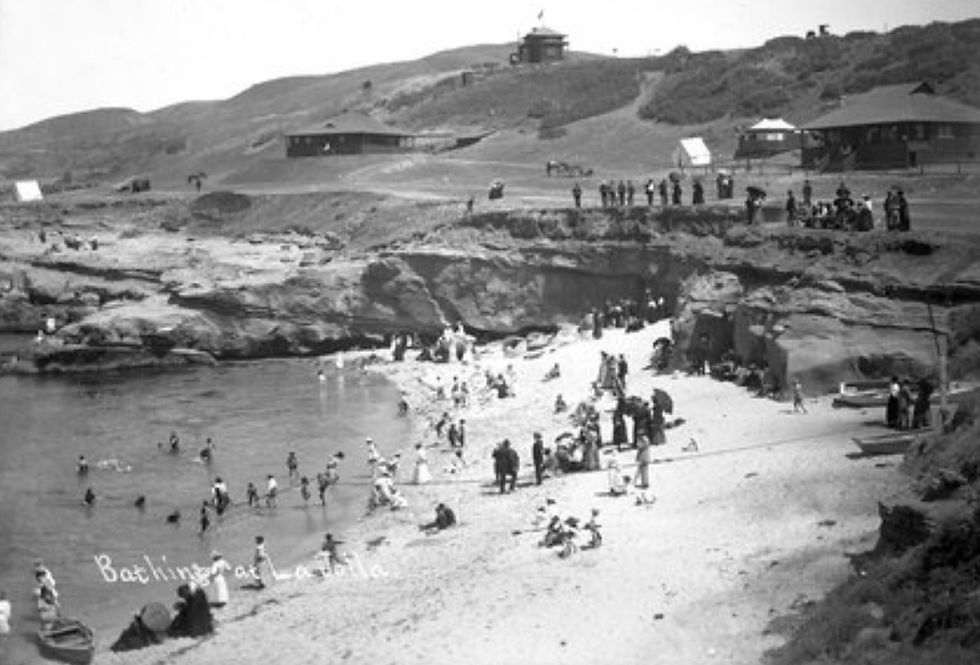Wanted: Pony Express Riders Willing to Risk Death Daily
- Susan Heavilin
- Oct 9
- 3 min read

"Neither snow nor rain nor heat nor gloom of night stays these couriers from the swift completion of their appointed rounds"
This phrase has been long associated with the postal workers in the United States and worldwide. It's known as the Mailman's Creed and speaks for the dedication of the US Postal Service workers. Although it has become associated with the USPS, it is not an official motto of the organization.
How did we get mail in the past before the United States Postal Service was created?
The Pony Express was founded in 1860
The Pony Express was founded on April 3, 1860—163 years ago. Ben Holladay owned it and was an American transportation businessman responsible for creating the Overland Stage to California during the height of the 1849 California Gold Rush. Talk about an entrepreneur!
Postal delivery is much easier today than it was in the late 1800s. Make a mistake back then and you could pay with your life. The Pony Express was not for sissies.
The Pony Express traveled through seven states
"The actual Pony Express trails began in St. Joseph, Missouri, and spanned roughly 2,000 miles through Kansas, Nebraska, Colorado, Wyoming, Utah, Nevada, and California, ending in Sacramento, with mail then transferred to San Francisco. The route largely paralleled earlier immigrant trails like the Oregon and California trails before diverging to include segments of the Mormon Trail and a central Nevada route to reach the Sierra Nevada mountains. Today, the route is preserved as the Pony Express National Historic Trail, with many sections designated as national historic trails, byways, or trails for hiking, biking, and horseback riding". —AI Overview

Studded with 153 stations, the Pony Express trail used 80 riders and between 400 and 500 horses to carry mail from the settled Midwest to the new state of California. Riders could deliver mail in just 10 days, compared to the three weeks traditional stagecoach delivery required. Riders would stop every 16 to 24 kilometers (10 to 15 miles) to hop onto a fresh horse at the four to six relay stations on their leg of the trail.—National Geographic
The Pony Express utilized approximately 190 stations that allowed for the high speeds needed to meet the demanding schedule.

Relay stations were placed about 5-20 miles apart and were used in difficult or mountainous areas.
Home stations were situated approximately 75-100 miles apart over flatter land. They fulfilled the need for a place for riders to rest, eat, and sleep between their adventurous 75-mile-per-day shifts.
California was the end of the route, Sacramento in fact. From there, mail could be transported up to San Francisco.
Young, skinny, wiry fellows wanted

Sources: National Pony Express Association, National Pony Express Museum, Pony Express National Historic Trail, BLM (Bureau of Land Management), National Geographic, True West: History of the American Frontier










Comments